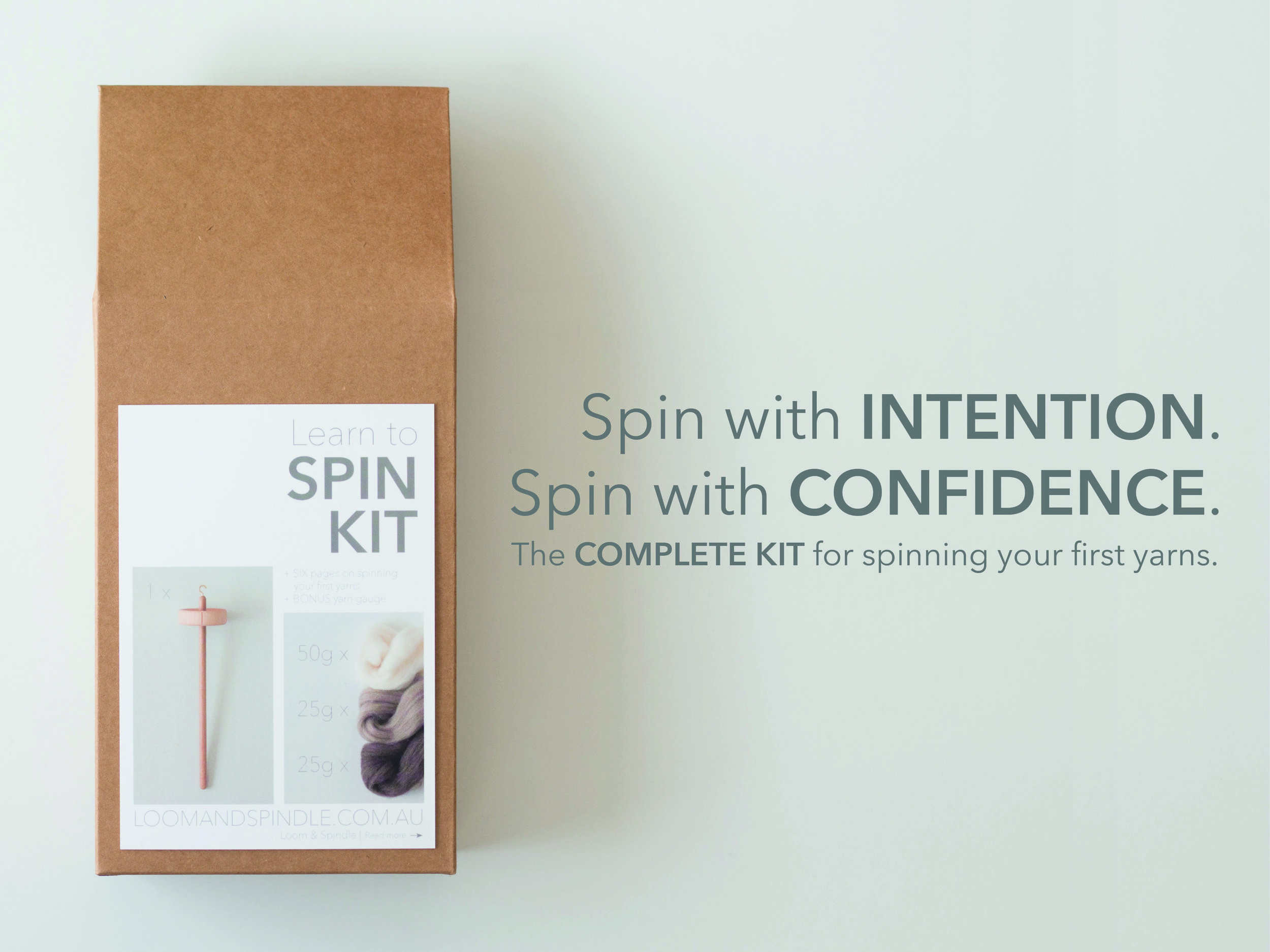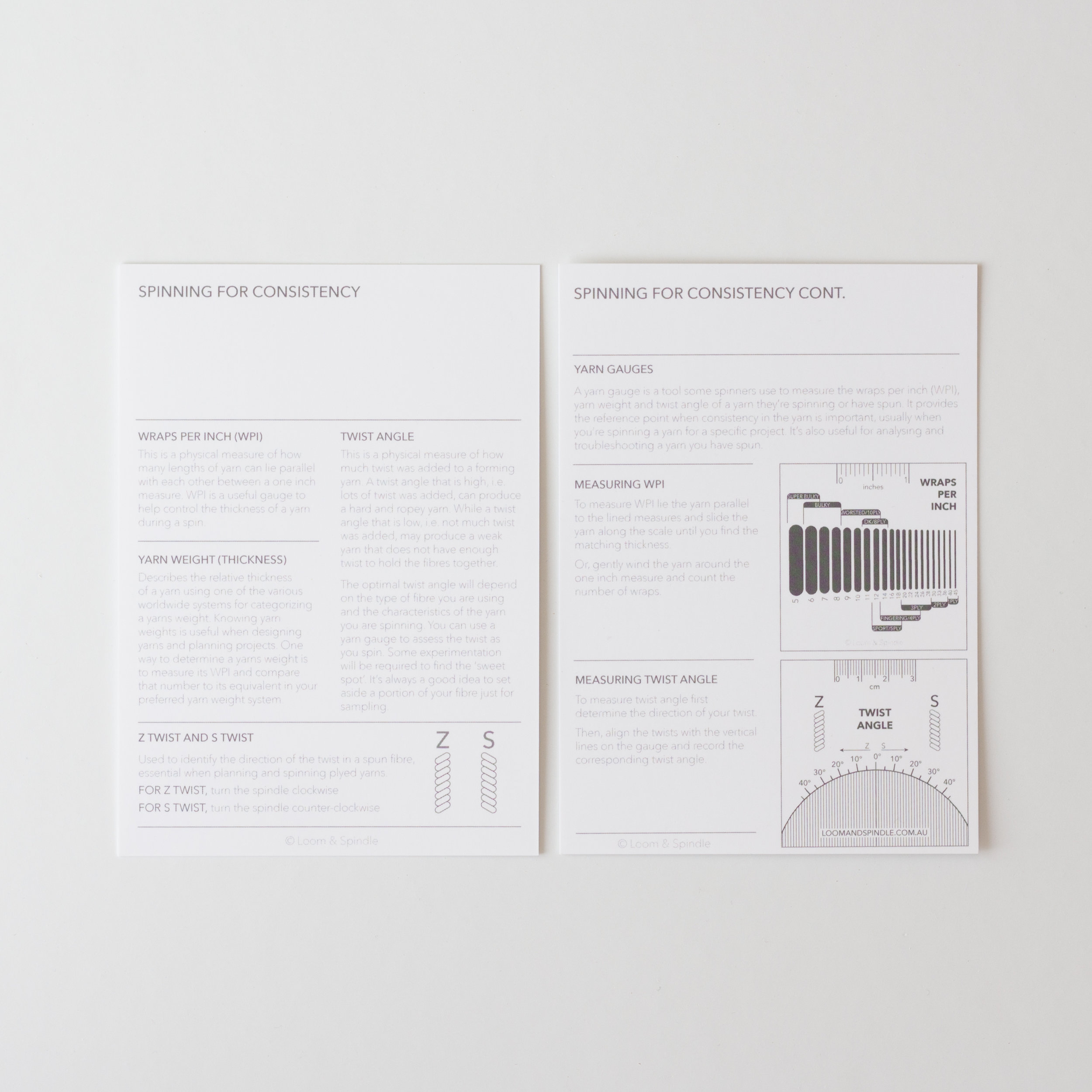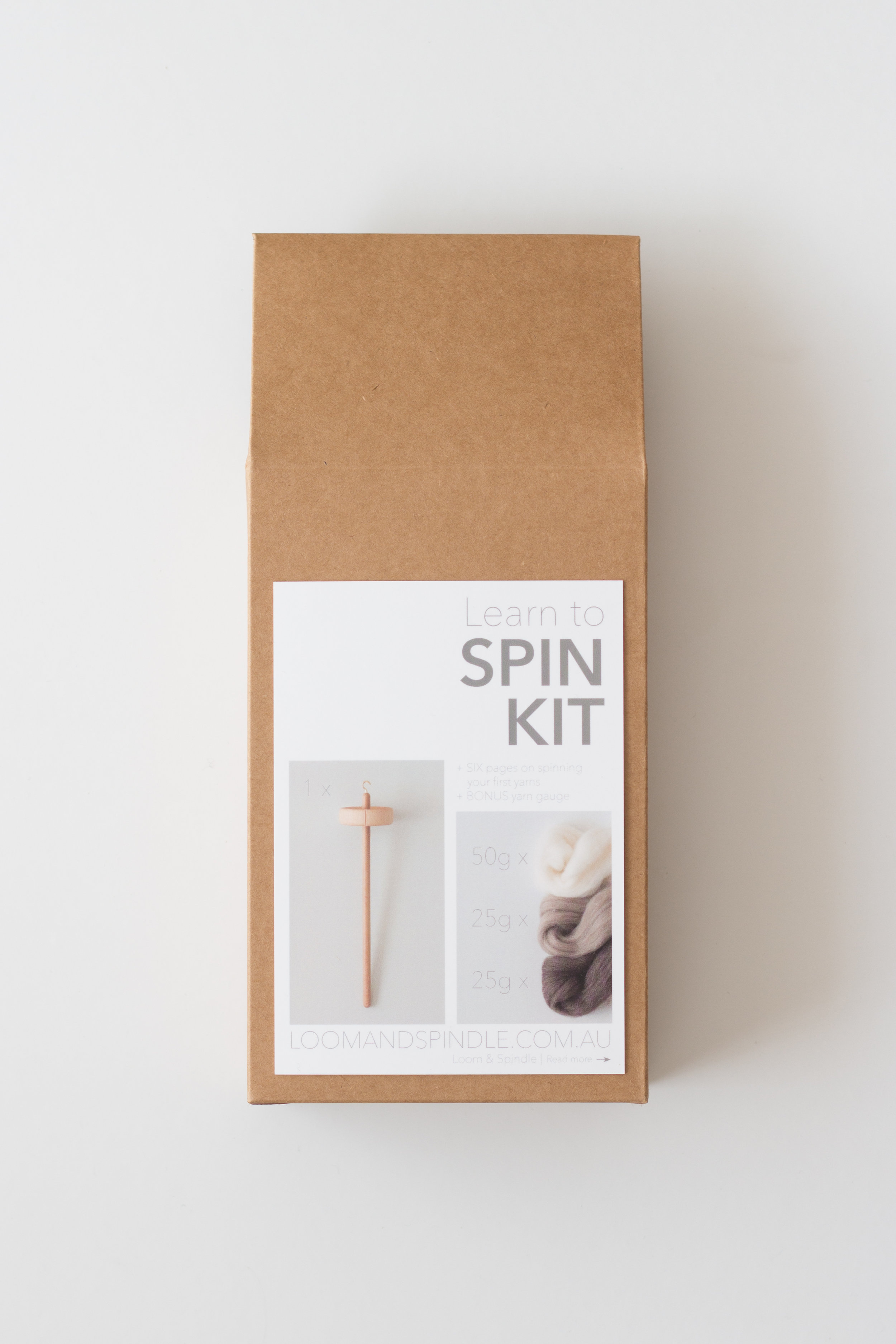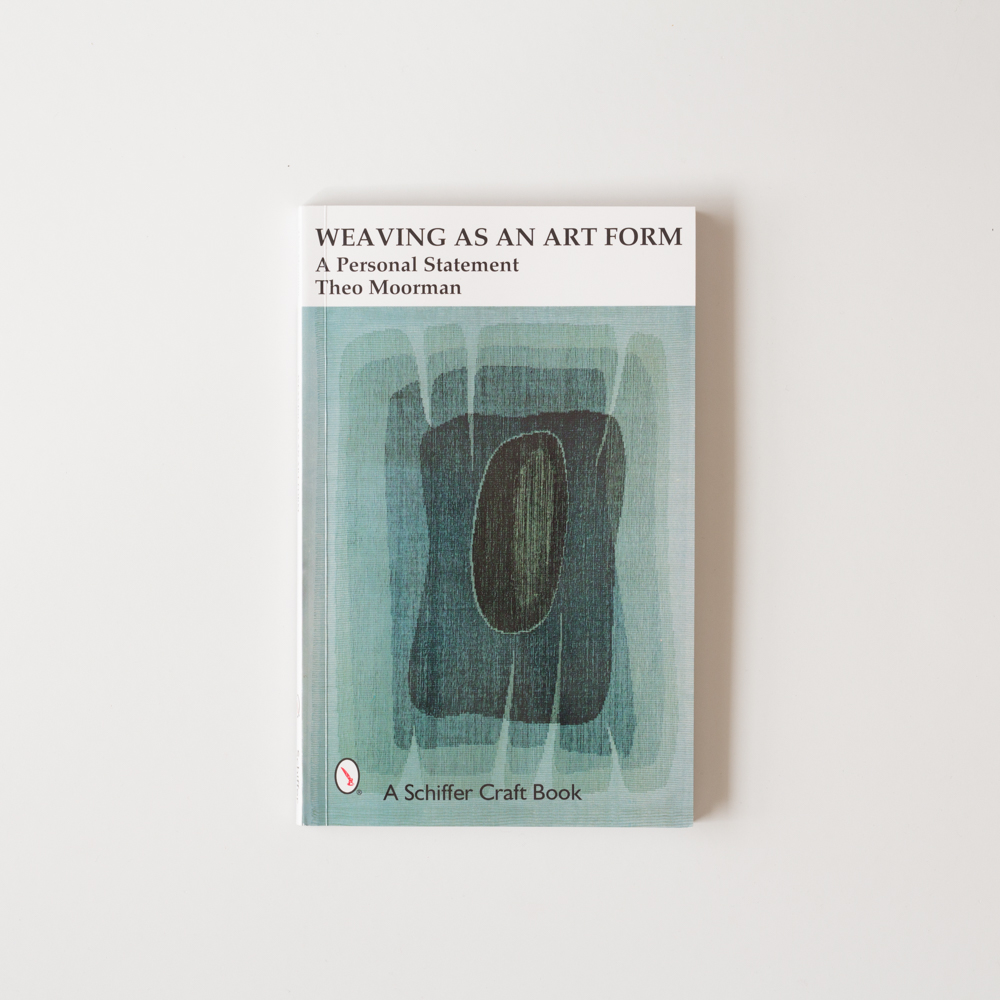My Journey to intentional and confident crafting
Crafting with yarn and fabric has always been a part of my life. Though it wasn’t until 2013, when I took time out for myself and my new-born, that I started getting serious about the crafts I was most passionate about.
While experimenting with knitting and weaving and exploring various fibres, I stumbled across the craft of hand-spinning my own yarns. Being someone who naturally desires to know how EVERYTHING works, I was eager to give it a go.
Though navigating this new world of hand-spinning was more difficult than I’d anticipated.
I knew I didn’t want to spend a lot of money just to try it and find out I didn’t like it. And without knowing where to start I lacked confidence in making those first decisions – spindle or wheel, raw fleece or prepped fibre… the list could go on.
When I did finally make these choices and got my first spindle and supply of fibre, my first hand-spun yarns were dense and lacked consistency. This in its self is not unusual for a beginner spinner and these early lumpy bumpy yarns are part of the learning process.
Though, without knowing how to evaluate my yarns and where to make improvements in my next spin I was seeing little progress.
I became frustrated…
… but still determined!
I set out to learn as much as I could. I gathered books, watched videos, read magazines, and listened in to the various online forums. I attempted to distil all this information, applying the elements that I thought might help me.
With time this effort paid off, I learnt the mechanics of fibre and twist, the importance of preparation and finishing techniques, and the tools I could use to measure and evaluate my yarns.
These insights provided the necessary framework to intentionally plan and spin yarns, evaluating my progress with each experiment. With practice, I was seeing improvements in my technique and more consistency in my spun yarns. I was planning and spinning yarns for specific projects. I was finally starting to see the results I was after.
I was spinning with intention. I was spinning with confidence.
And most of all, being a diehard maker of all things, I was getting great personal satisfaction to see my fibre-to-finished projects finally come to life.
ON Designing the KIT
I’ve since documented and refined this four-year journey to create the first Learn to Spin Kit for Loom & Spindle – The complete kit for spinning your first yarns.
In addition to the necessary inclusions of a spinning kit, a drop spindle and a 100% Aussie grown and processed fibre supply, I’ve carefully put together a series of notes and tools to introduce you to the language and mechanics of spinning your first yarns. This includes:
A simplified method for spinning your first yarns, highlighting the four easy-to-remember action steps: PINCH-TWIST-PARK-DRAFT.
Guidance on how to prepare for a spin, for a more enjoyable spinning experience. And,
An introduction to the language of spinning and tools you can use to measure and evaluate your yarns for more intentional spinning.
By offering this kit my hope is that I can provide you with a new opportunity to be creative with yarn and fibre, and extend your passion for making.

























































